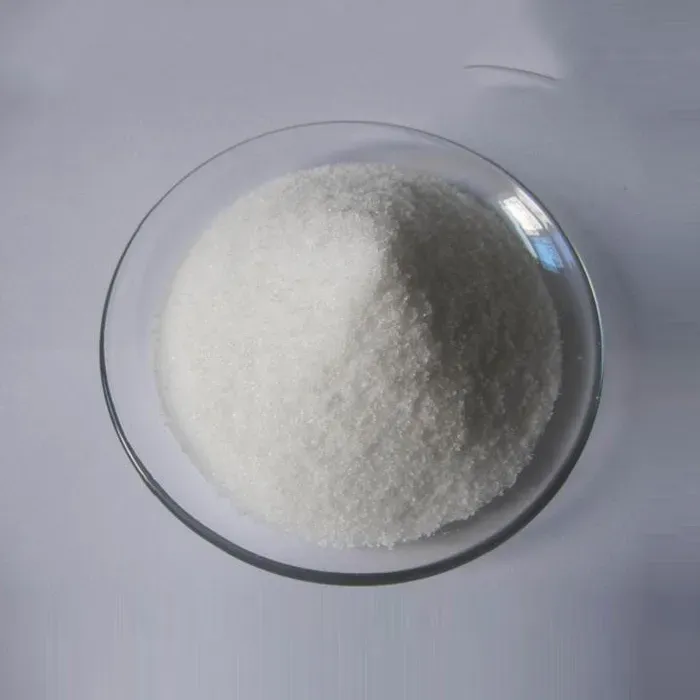Active ingredients play a crucial role in the field of medicine, serving as the primary components responsible for the therapeutic effects of various drugs. These compounds interact with biological systems to bring about desired outcomes, whether it be reducing symptoms, curing diseases, or preventing ailments. Understanding the different active ingredients used in medicine can provide insights into how treatments work and the importance of pharmaceutical development.
One of the most well-known classes of active ingredients is analgesics. For instance, acetaminophen and ibuprofen are widely used to relieve pain and reduce fever. Acetaminophen works by blocking the production of prostaglandins in the brain, which helps to alleviate discomfort and lower body temperature. On the other hand, ibuprofen, a non-steroidal anti-inflammatory drug (NSAID), functions by inhibiting the enzymes involved in the formation of inflammatory compounds, providing not only pain relief but also reducing inflammation.
Antibiotics represent another critical category of active ingredients in medicine. For example, amoxicillin is a commonly prescribed antibiotic that fights bacterial infections by inhibiting cell wall synthesis. This interference ultimately leads to the destruction of the bacteria, allowing the body’s immune system to effectively clear the infection. The emergence of antibiotic resistance, however, poses a significant challenge, highlighting the need for careful use and ongoing research in this area.
Antidepressants also contain active ingredients that can profoundly impact mental health. Selective serotonin reuptake inhibitors (SSRIs), such as fluoxetine, work by increasing the levels of serotonin, a neurotransmitter associated with mood regulation, in the brain. This mechanism can help alleviate symptoms of depression and anxiety, providing relief for many individuals dealing with such conditions.
examples of active ingredients in medicine

In the realm of chronic diseases, active ingredients are vital for managing long-term health issues. For instance, metformin is a widely prescribed medication for managing type 2 diabetes. This drug works by improving insulin sensitivity and reducing glucose production in the liver, helping to maintain stable blood sugar levels. Other active ingredients, like statins, are used to lower cholesterol levels and reduce the risk of cardiovascular diseases, showcasing the diverse applications of active compounds in medicine.
Beyond individual drug products, the development and refinement of active ingredients are at the forefront of pharmaceutical research. Innovations such as targeted therapies and biologics are leading to more effective and personalized treatments. These advancements hold the potential to revolutionize medicine, offering hope for patients with complex conditions.
In conclusion, active ingredients are the foundation of modern medicine, integral to the efficacy and safety of drug therapies. From pain relief to life-saving treatments, understanding these components allows both healthcare providers and patients to make informed decisions about medical care. As research continues to advance, the future of active ingredients in medicine looks promising, paving the way for new treatments that could improve lives worldwide.

